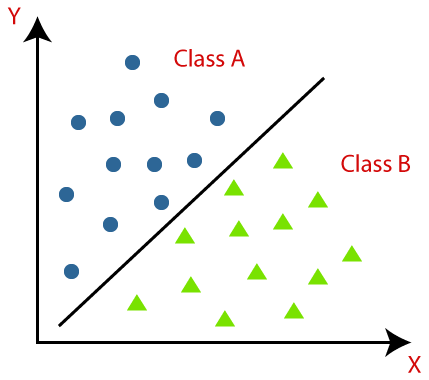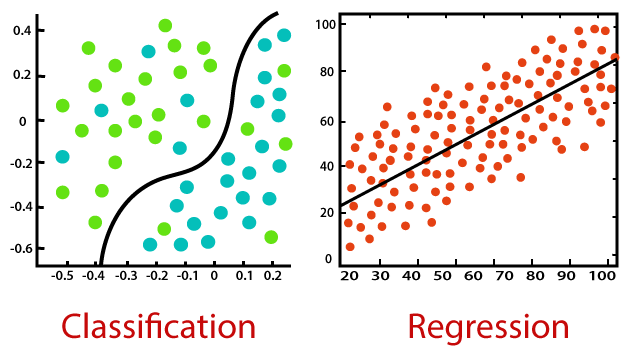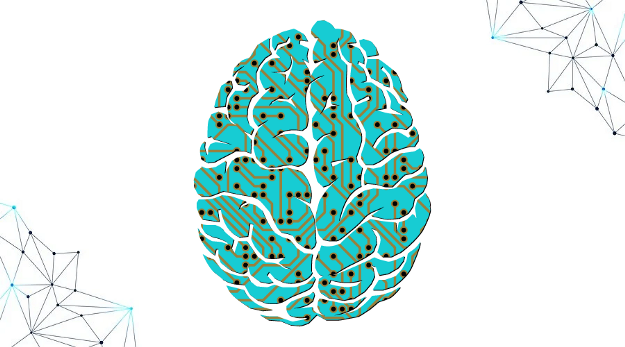In general MACHINE LEARNING is all about making PREDICTIONS and CLASSIFICATIONS
let us understand classification in machine learning and some terminologies.
In the real world we can come across both structured and unstructured data, classification is a process of categorizing a given set of data into classes;The process starts with predicting the class of given data points and the classes are often referred to as target, label or categories.
The classification predictive modeling is the task of approximating the mapping function from input variables to discreet output variables and the main goal is to identify which class or category the new data will fall into.
Cancer identification /spam email identification are example of a binary classification problem since there are only two classes of outcomes — a TRUE or FALSE / 1 or 0 / YES or NO.
The classifier in these cases needs training data to understand how the given input variable are related to the class and once the classifier is trained accurately it can be used to detect weather a patient is likely to have cancer or not / a particular email is spam or not. Classification is a type of supervised learning and the inputs are provided with the input data.
A few terminologies in Machine learning Classification
Classifier : A classifier is nothing but an algorithm that is used to map the input data of a specific category. To further simplify it is a function that assigns a class label to a data point.

Classification model : The model predicts or draws a conclusion to the input data given for training and it will predict the class for the category of the data. Regression and classification are categorized under the same umbrella of supervised machine learning.The main difference between them is that the output variable in regression is numerical (or continuous) while that for classification is categorical (or discrete)

Feature: Feature is nothing but an individual measurable property of the phenomenon being observed.The features are the descriptive attributes, and the label is what you’re attempting to predict or forecast

Binary Classification : It is a type of classification with two outcomes TRUE or FALSE / 1 or 0 / YES or NO.

Multi-class classification: Classification with more than two classes is known as multi-class classification. And in multi-class classification a sample is assigned to one and only one label or target.

Multi-Label Classification: This is a type of classification where each sample is assigned to a set of labels or targets.Multi–label classification involves predicting zero or more class labels. Unlike normal classification tasks where class labels are mutually exclusive, multi–label classification requires specialized machine learning algorithms that support predicting multiple mutually non-exclusive classes or “labels.”

Train the classifier: A trainer is an algorithm that trains a classifier through iteration in order to minimize its error. e.g. scikit learn uses the fit method to fit the model to train Label X and train Label Y
Predict the target : for an unlabeled observation say X , the predict method returns the predicted label Y
Evaluate : Its evaluation of the Model it can be classification report or cross validation etc
Learners in Classification Model
Lazy Learners : Lazy learners simply store the training data and wait until the testing results comes up.
Eager Learners: eager Learners construct a classification model based on the given training data before getting data for predictions

